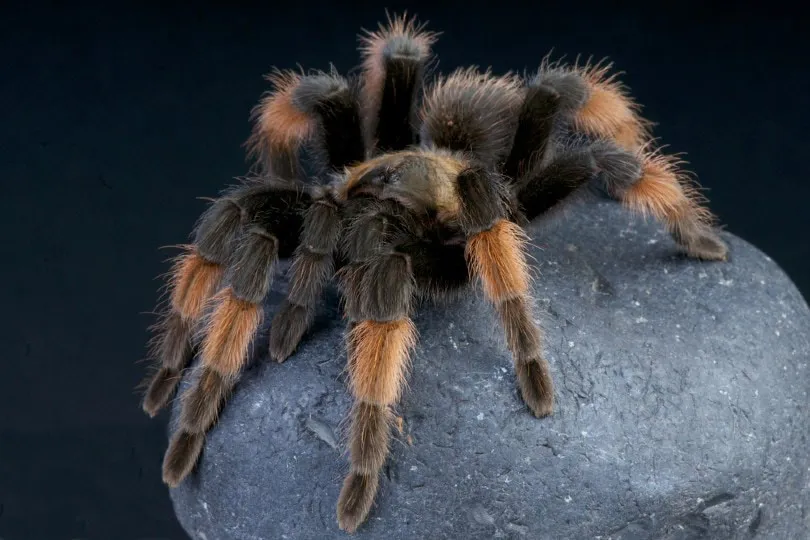Choosing Your Redleg Tarantula
Embarking on the journey of owning a redleg tarantula is an exciting venture. Before welcoming this fascinating creature into your home, careful consideration is paramount. Begin by researching reputable breeders or pet stores that specialize in arachnids. Ensure the tarantula appears healthy, with a plump abdomen and all legs intact. Observe its behavior; a lively and alert tarantula is generally a good sign. Avoid purchasing a tarantula that appears sluggish, emaciated, or shows signs of molting, as these could indicate underlying health issues. Moreover, consider the tarantula’s size and age, as these factors influence its needs and potential lifespan. Remember that owning a tarantula is a long-term commitment, so choose wisely and prepare thoroughly before bringing your new pet home.
Understanding Redleg Tarantula Needs
Redleg tarantulas, scientifically known as Brachypelma hamorii, are native to the dry grasslands of Mexico, so recreating their natural habitat is key to their well-being. They require a specific environment to thrive, encompassing appropriate temperature, humidity, and enclosure setup. Understanding these needs is crucial for ensuring a long and healthy life for your tarantula. Failing to meet these requirements can lead to stress, poor health, and even premature death. This section dives into each of these critical aspects, providing you with the knowledge necessary to create an ideal home for your redleg tarantula, mimicking its natural habitat as closely as possible.
Habitat Requirements
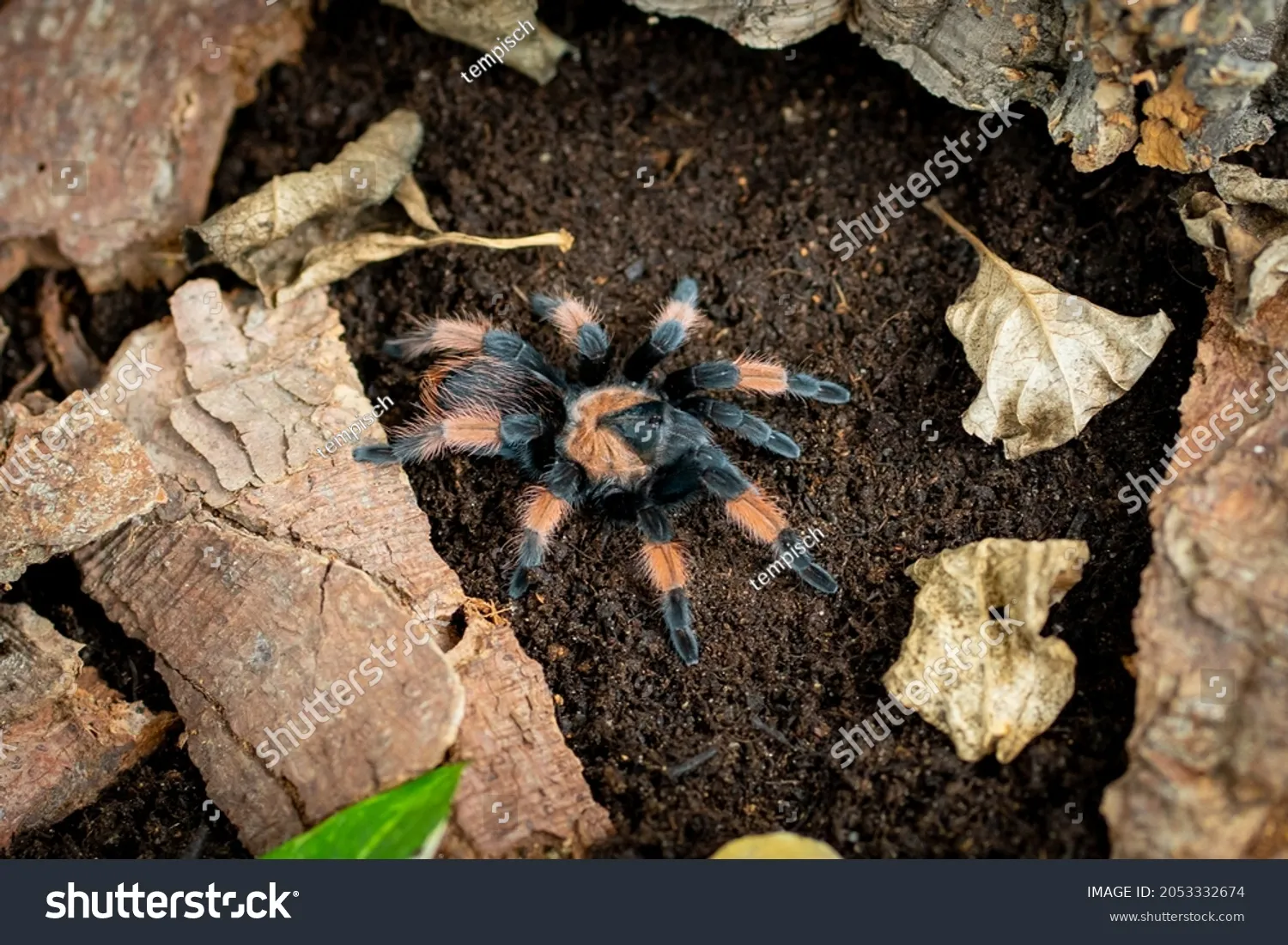
Enclosure Size and Type
The size and type of enclosure are fundamental to the comfort and safety of your redleg tarantula. For a juvenile, a terrarium that is approximately 5-10 gallons is suitable, allowing ample room for movement and growth. As the tarantula matures, you will need to upgrade the enclosure size. For an adult, a 10-20 gallon terrarium is often recommended. The enclosure should be wider than it is tall, as redlegs are terrestrial and do not typically climb. Ensure the enclosure has a secure lid to prevent escape. Glass or clear plastic enclosures are preferable, offering clear visibility and ease of cleaning. The type of enclosure is important for the safety of the tarantula. A good, tight-fitting lid can prevent escape and prevent other pets and people from getting into the enclosure.
Substrate and Decor
The substrate plays a critical role in maintaining humidity and providing a comfortable environment for your redleg tarantula. A mixture of coco fiber, peat moss, and a small amount of vermiculite or sphagnum moss is ideal. This blend retains moisture well while allowing for proper drainage. The substrate should be deep enough (4-6 inches) to allow the tarantula to burrow if it chooses to. Decorate the enclosure with a hide, such as a piece of cork bark or a half log, to provide a safe retreat. Adding a few artificial or live plants can also enhance the environment, but be sure the plants are non-toxic and safe for the tarantula. Make sure there are no sharp edges or objects that could harm the tarantula during a molt. The goal is to replicate its natural environment as closely as possible.
Temperature and Humidity
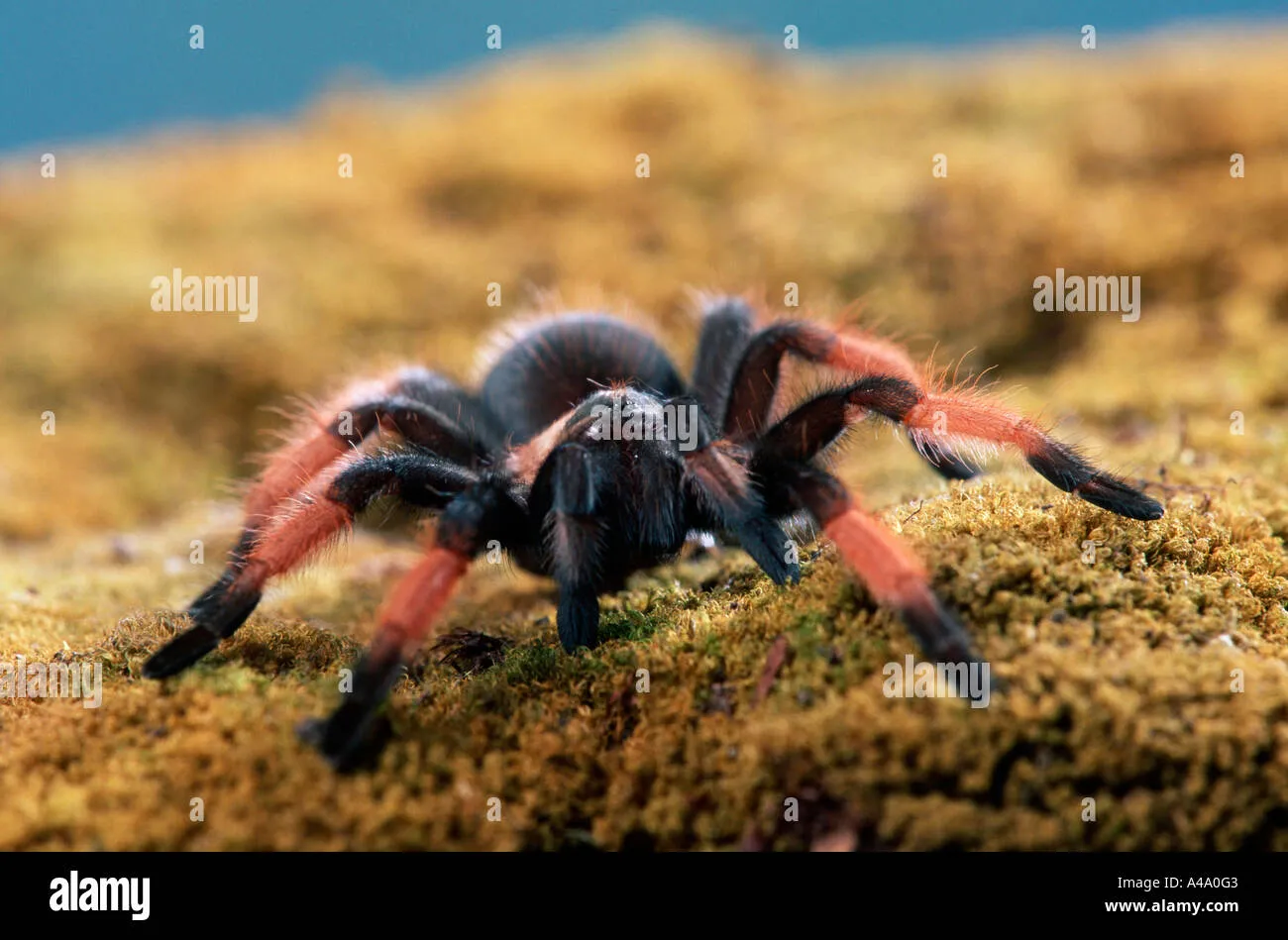
Redleg tarantulas thrive in a warm and moderately humid environment. Maintain a temperature between 75-85°F (24-29°C). A heat mat placed on the side of the enclosure, connected to a thermostat, can provide a consistent heat source. Avoid placing the heat mat directly under the enclosure as this can be too hot and dangerous. Humidity levels should be kept between 60-70%. Use a hygrometer to monitor humidity levels and mist the enclosure with dechlorinated water as needed, usually a few times a week, to maintain the desired humidity. Ensure adequate ventilation to prevent mold growth. The proper temperature and humidity levels are essential for the tarantula’s health, molting process, and overall well-being. Proper ventilation is also necessary to prevent the build up of mold and other harmful substances.
Feeding Your Redleg Tarantula
What to Feed
Redleg tarantulas are primarily insectivores. Their diet should consist mainly of insects, such as crickets, mealworms, and roaches. The size of the insects should be appropriate for the tarantula’s size. As a general rule, the prey should be no larger than the tarantula’s body. It is important to gut-load the insects with nutritious food, such as fruits, vegetables, and commercial cricket food, before feeding them to your tarantula. This provides your tarantula with essential vitamins and minerals. Variety in the diet is also beneficial, so rotate different insect types to ensure a balanced diet. Avoid feeding wild-caught insects, as they may carry parasites or pesticides. Always make sure the prey is alive, healthy and active, as this will trigger the tarantula’s hunting instincts.
Feeding Frequency
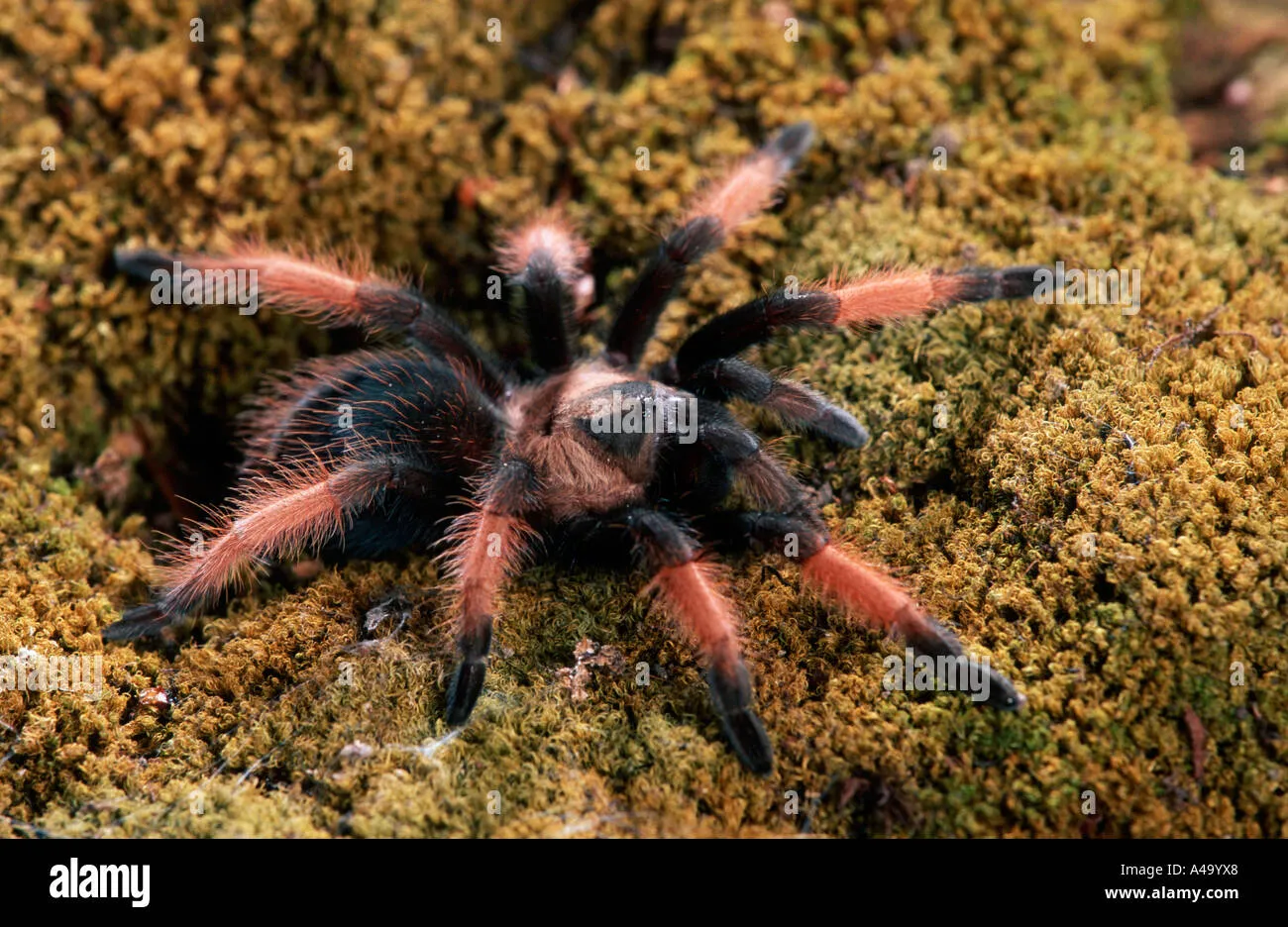
The feeding frequency depends on the age and size of your tarantula. Spiderlings and juveniles should be fed more frequently, typically 2-3 times a week. As the tarantula matures, reduce the feeding frequency to once a week or every other week for adults. Observe your tarantula’s abdomen; a plump abdomen indicates a well-fed tarantula, while a shrunken abdomen may indicate underfeeding. Remove any uneaten prey within 24 hours to prevent stress on the tarantula and to maintain a clean enclosure. Adjust the feeding schedule based on your tarantula’s appetite and activity level. If your tarantula refuses to eat, it may be in pre-molt, so do not force feed it.
Watering and Hydration
Water Source
Providing a clean water source is crucial for your redleg tarantula’s health. A shallow water dish, such as a bottle cap or a small, low dish, should be readily available. The water dish should be small enough to prevent the tarantula from drowning. Use dechlorinated or bottled water, as tap water may contain harmful chemicals. Replace the water in the dish regularly, at least a couple of times a week, to prevent bacterial growth and maintain hygiene. Some keepers also provide water by lightly misting the enclosure, especially during molting, to help with the process.
Preventing Dehydration
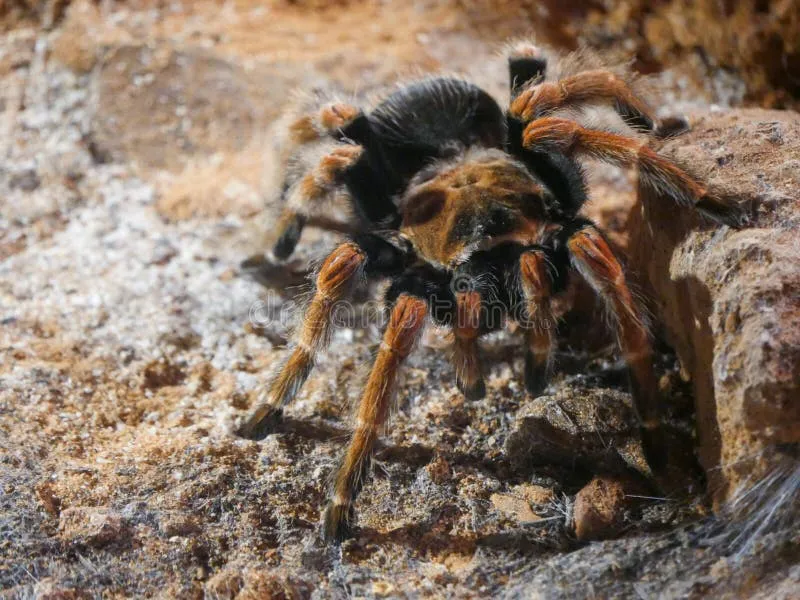
Dehydration can be detrimental to a tarantula’s health. Monitor the humidity levels in the enclosure, as discussed earlier, and adjust as needed. If the humidity is too low, mist the enclosure with water. Ensure the substrate is slightly damp, but not waterlogged. Observe your tarantula for signs of dehydration, such as a wrinkled abdomen or lethargy. If you suspect dehydration, provide extra water sources and increase humidity. Be cautious not to over mist, as excessive moisture can lead to fungal infections. Dehydration is a serious condition for a tarantula so taking preventative measures and regularly checking the tarantula’s appearance is paramount.
Handling and Safety
While redleg tarantulas are generally docile, handling them should be approached with caution. It’s generally best to avoid handling, as it can be stressful for the tarantula and increase the risk of bites. Their primary defense mechanism is the urticating hairs on their abdomen, which can cause skin irritation. However, if handling is necessary, do so carefully and calmly. Always wash your hands before and after handling your tarantula. Handle them close to the ground, and never on a high surface. If the tarantula becomes agitated or defensive, gently put it back into its enclosure immediately. Be aware of your surroundings and avoid sudden movements.
Safe Handling Practices
If you choose to handle your redleg tarantula, do so slowly and gently. Use a soft, wide paintbrush to gently encourage the tarantula to walk onto your hand. Avoid touching the tarantula directly. Never squeeze or grab the tarantula. Keep your hand flat and steady to prevent accidental drops. Be aware that tarantulas can move quickly. Always supervise children when they are near the tarantula. After handling, wash your hands thoroughly with soap and water to remove any urticating hairs that may have come into contact with your skin. Always prioritize the safety and well-being of both yourself and the tarantula.
Recognizing Stress Signals
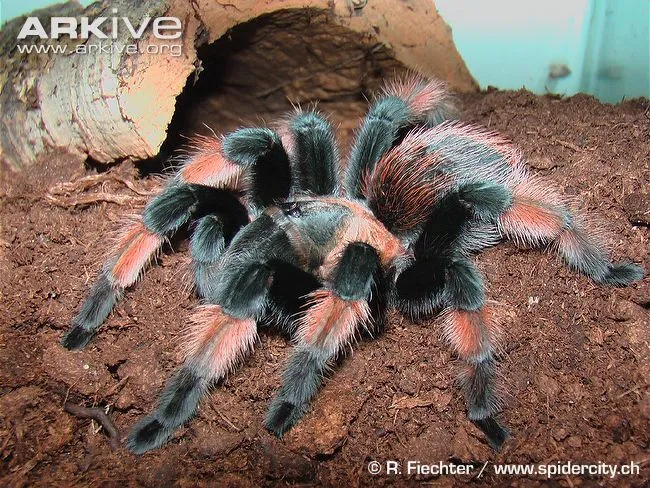
Understanding the signs of stress in your redleg tarantula is essential for their well-being. If your tarantula feels threatened or stressed it may display certain behaviors. Watch out for the tarantula raising its front legs, a defensive posture. It may also flick its urticating hairs from its abdomen, which can cause skin irritation. Rapid movements or a tendency to hide excessively are also signs of stress. If you observe these signs, immediately stop handling the tarantula and allow it to retreat to its enclosure. Provide a secure and undisturbed environment, ensuring that the enclosure is well-maintained and offers proper hiding places. Reduce any potential stressors in its environment.
Potential Health Issues and Prevention
Like any pet, redleg tarantulas can be susceptible to certain health issues. Regular monitoring and preventative care are key to maintaining their health and well-being. By understanding potential health problems and implementing preventative measures, you can help ensure your tarantula lives a long and healthy life. Keeping the enclosure clean, providing a balanced diet, and maintaining proper humidity and temperature are all crucial aspects of preventative care. Early detection of any health issues is crucial for successful treatment, so it’s important to be observant and know what to look for.
Common Diseases
While redleg tarantulas are generally hardy, they can be affected by certain diseases. Fungal infections are a common concern, often resulting from high humidity and poor ventilation. Look for signs such as discoloration of the legs or body, or a fuzzy appearance. Bacterial infections can also occur, leading to lethargy and loss of appetite. Parasites, though less common, can also affect tarantulas. Internal parasites can be difficult to detect, but external parasites, like mites, are more visible. These appear as tiny, moving specks on the tarantula’s body. If you notice any signs of illness, consult with a veterinarian experienced in exotic animals. Keep a clean environment, and ensure there’s proper humidity to prevent these problems.
Preventative Care
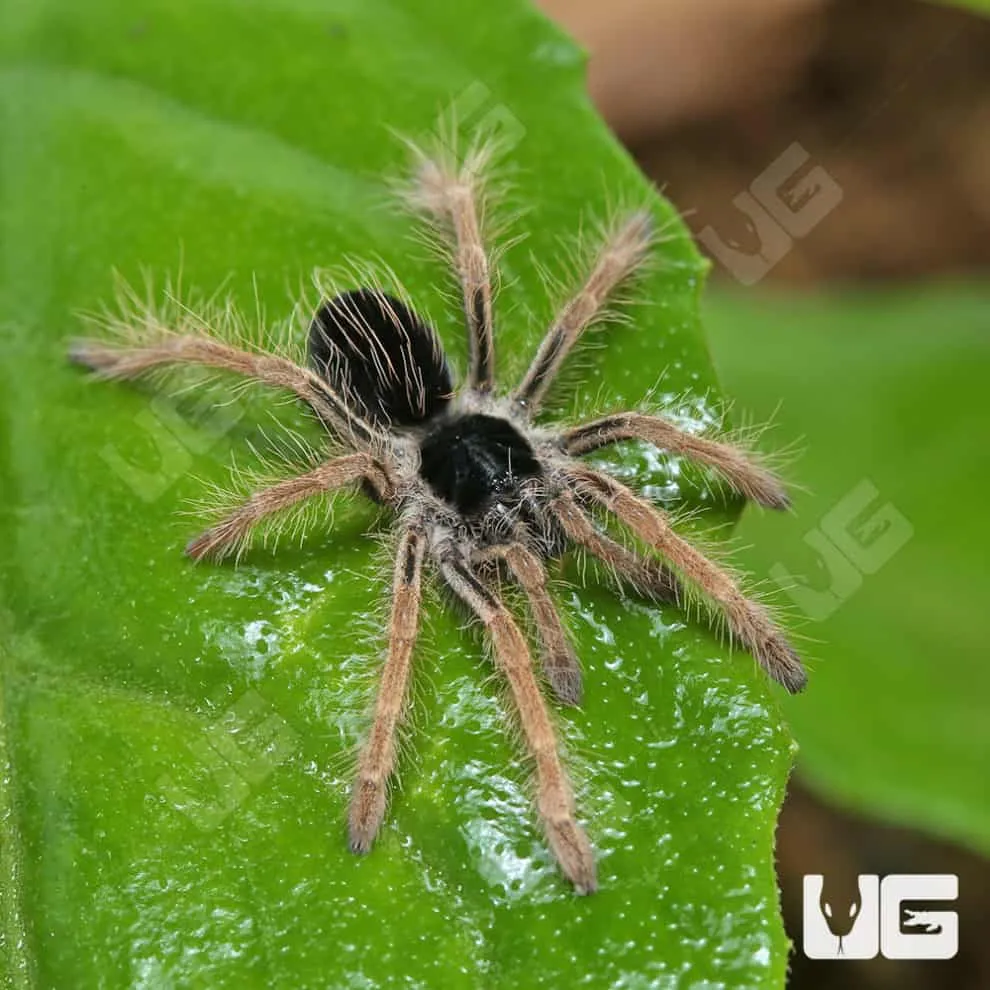
Preventative care is paramount to keeping your redleg tarantula healthy. Maintain a clean and hygienic enclosure by regularly removing uneaten food and old molts. Ensure proper ventilation to prevent fungal and bacterial growth. Provide a varied and balanced diet, and ensure the tarantula has access to fresh, clean water. Monitor the tarantula’s behavior and appearance for any signs of illness or stress. Quarantine any new tarantulas before introducing them to existing ones. Always wash your hands before and after handling your tarantula or interacting with its enclosure. If you suspect a health issue, consult a veterinarian specializing in exotic animals. Proper care is the best defense against disease.
Breeding Redleg Tarantulas
Breeding redleg tarantulas is a rewarding but demanding undertaking, reserved for experienced keepers. Success requires extensive knowledge of tarantula biology, mating behavior, and specialized care for both the adult tarantulas and their offspring. This section gives a overview on the processes involved in breeding, but this guide isn’t exhaustive. Understanding the complexities of reproduction is key before attempting to breed your tarantulas.
Sexing Your Tarantula
Before attempting to breed redleg tarantulas, you must first determine their sexes. This can be achieved by examining the molt. The underside of the molt reveals the sex organs. Male tarantulas have a pair of modified pedipalps (small appendages near the mouth) that resemble boxing gloves, used to transfer sperm. Female tarantulas have a spermatheca, or the sperm storage organ, visible on the molt. It is not always easy to determine the sex of the tarantula, and sometimes it is best to consult an expert. Accurate sexing is essential before pairing two tarantulas.
Mating Process
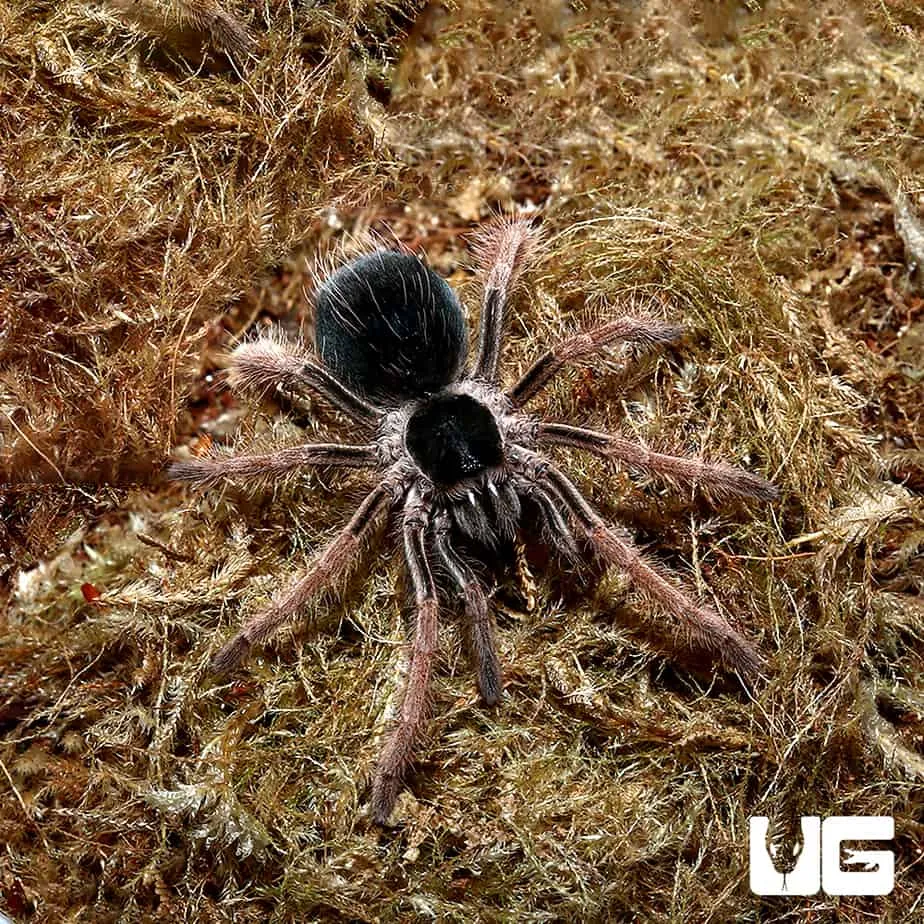
The mating process involves careful introduction. The male tarantula must first create a sperm web and deposit his sperm. Then, he transfers the sperm to the female. Introduction requires the right timing, and the male must be prepared. Place the male and female together in the female’s enclosure, under careful supervision. The female may be receptive or aggressive. If receptive, mating can occur, marked by the male tapping the female’s legs with his pedipalps and then using them to insert sperm. If the female is not receptive, the male risks being eaten. The process is challenging and risky, and the keeper should be prepared for this outcome.
Egg Sac Management
If mating is successful, the female will create an egg sac, which can contain hundreds of eggs. The keeper should monitor the egg sac’s condition carefully. The female may or may not care for the egg sac. The keeper may need to remove the egg sac and incubate it artificially if she does not. This involves maintaining the correct temperature and humidity and regularly turning the eggs. This is a delicate process that requires expertise.
Caring for Spiderlings
Once the spiderlings hatch, they need specialized care. House the spiderlings in individual containers, providing a tiny water source and appropriate food, like fruit flies or pinhead crickets. Maintain the proper temperature and humidity. Spiderlings are very vulnerable and require constant care and monitoring. They molt frequently as they grow, and each molt is a critical stage in their development. Successful rearing of spiderlings requires commitment and skill. Most keepers do not engage in breeding as the undertaking is involved.
Lifespan and Growth
Understanding the lifespan and growth patterns of redleg tarantulas is crucial for providing appropriate care throughout their lives. These tarantulas are known for their longevity. Females can live for 20-30 years, while males typically have a shorter lifespan, living only 5-10 years. The lifespan of a tarantula is dependent on several factors including genetics, care and environment. Redleg tarantulas grow through molting, shedding their exoskeleton as they mature. The frequency of molting decreases as they get older. Proper care, including appropriate feeding, temperature, and humidity, is essential to support healthy growth and a long lifespan. As your tarantula ages, adapt its care to its changing needs. By understanding these aspects, you can ensure your redleg tarantula lives a long, healthy, and fulfilling life.
